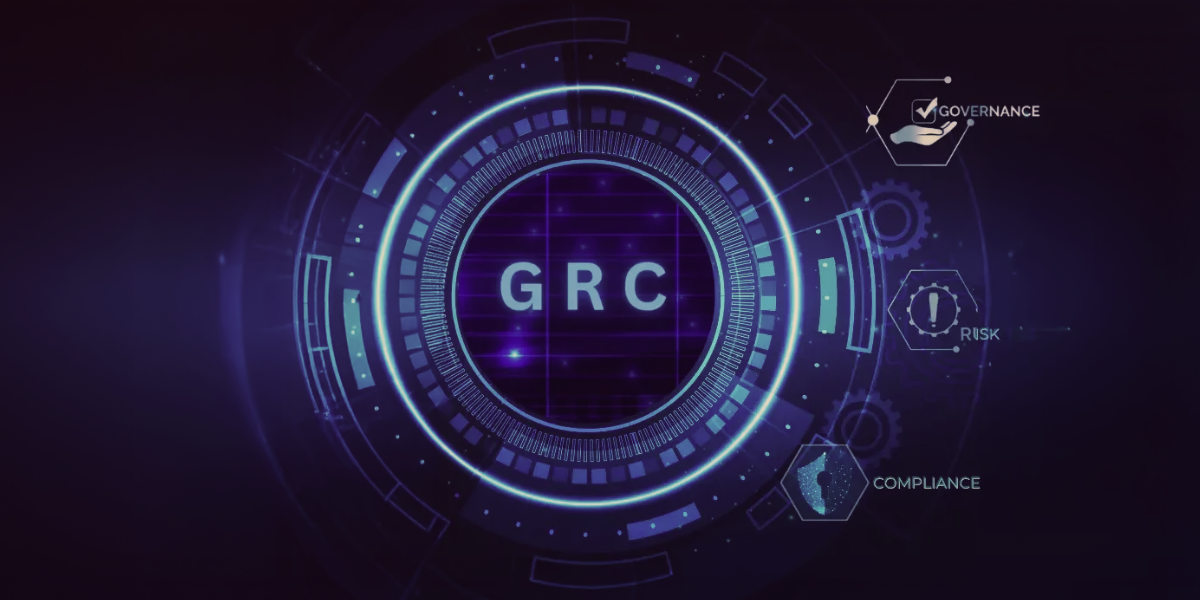
The Role of IT Governance, Risk, and Compliance (GRC) in Business Success
In today’s digital landscape, businesses face increasing complexity in managing their IT environments while ensuring security, compliance, and risk mitigation. IT Governance, Risk, and Compliance (GRC) is the framework that enables organisations to achieve strategic IT objectives while minimising risks and maintaining regulatory compliance.
For businesses aiming to remain competitive and resilient, implementing a robust IT GRC strategy is critical. This blog will explore the fundamentals of IT GRC, its impact on business outcomes, and how organisations can integrate GRC best practices into their IT strategy.
The Link Between IT Strategy and IT GRC
A well-defined IT strategy sets the foundation for a strong IT GRC framework. Without strategic alignment, IT governance efforts may lack direction, risk management may become reactive rather than proactive, and compliance initiatives may fail to support business goals effectively.
By integrating IT GRC into IT strategy, organisations can:
- Ensure that IT investments align with business goals while mitigating risks.
- Proactively address cybersecurity threats and regulatory compliance requirements.
- Build a scalable and resilient IT infrastructure that supports long-term growth.
- Enhance decision-making through data-driven risk assessments and governance policies.
At Numata, we recognise that IT strategy and IT GRC must work in tandem to create a secure, compliant, and future-ready business environment.
What is IT GRC?
IT GRC refers to the integrated approach organisations take to align IT operations with business goals while managing risk and ensuring compliance with industry regulations. A structured IT GRC framework allows businesses to:
- Enhance IT governance – Establish policies and controls to ensure IT aligns with strategic business objectives.
- Mitigate risk – Identify, assess, and reduce potential IT security and operational risks.
- Ensure compliance – Adhere to regulatory and legal requirements to avoid penalties and reputational damage.
By embedding IT GRC principles into an organisation’s technology strategy, businesses can improve resilience while driving innovation and growth.
Building an Effective IT GRC Framework
1. Establish IT Governance Policies
Governance is the foundation of IT GRC, ensuring IT investments align with business goals. Best practices for IT governance include:
- Defining clear roles and responsibilities for IT decision-makers.
- Implementing structured policies for IT management and resource allocation.
- Aligning IT strategy with broader corporate governance frameworks.
2. Identify and Manage IT Risks
A proactive approach to risk management is essential to maintaining business continuity. Effective IT risk management includes:
- Conducting regular risk assessments to identify vulnerabilities.
- Implementing cybersecurity controls, such as firewalls, intrusion detection, and data encryption.
- Establishing a risk response plan to mitigate potential disruptions.
3.Ensure Compliance with Industry Regulations
Staying compliant with legal and industry standards protects businesses from financial penalties and reputational harm. Key steps include:
- Regularly reviewing regulatory requirements relevant to your industry.
- Implementing compliance monitoring tools and automated reporting.
- Conducting audits to ensure continuous adherence to compliance mandates.
The Numata Advantage: IT Strategy and Managed IT GRC Services
At Numata, we understand that IT strategy and IT GRC are deeply interconnected. Our Managed IT GRC Services are designed to complement your IT strategy by ensuring governance, risk management, and compliance remain at the forefront of your IT operations.
- IT Governance Consulting – We help define policies and frameworks that align IT with business objectives.
- Risk Management Services – Our experts assess IT risks and implement controls to enhance security and resilience.
- Regulatory Compliance Support – We ensure businesses meet industry regulations such as GDPR, POPIA, and ISO standards.
- Continuous Monitoring and Auditing – Our proactive approach helps maintain compliance and prevent security breaches.
- Strategic IT Alignment – Our Managed IT GRC services ensure that compliance and risk management are seamlessly integrated into your overall IT strategy.
With Numata as your IT GRC partner, you can confidently manage risk, ensure compliance, and secure your IT operations while focusing on business growth.
Conclusion
A strong IT GRC framework is essential for businesses aiming to protect their digital assets, ensure compliance, and align IT with strategic goals. By integrating IT governance, risk management, and compliance into a cohesive strategy, organisations can enhance security, improve operational efficiency, and build trust with stakeholders.
At Numata, we provide expert IT GRC solutions that help businesses navigate the complexities of compliance and risk management while aligning with a broader IT strategy. Contact us today to discover how our tailored services can strengthen your IT governance framework and drive long-term success.
Let’s secure, govern, and grow your business together.
Follow us:

